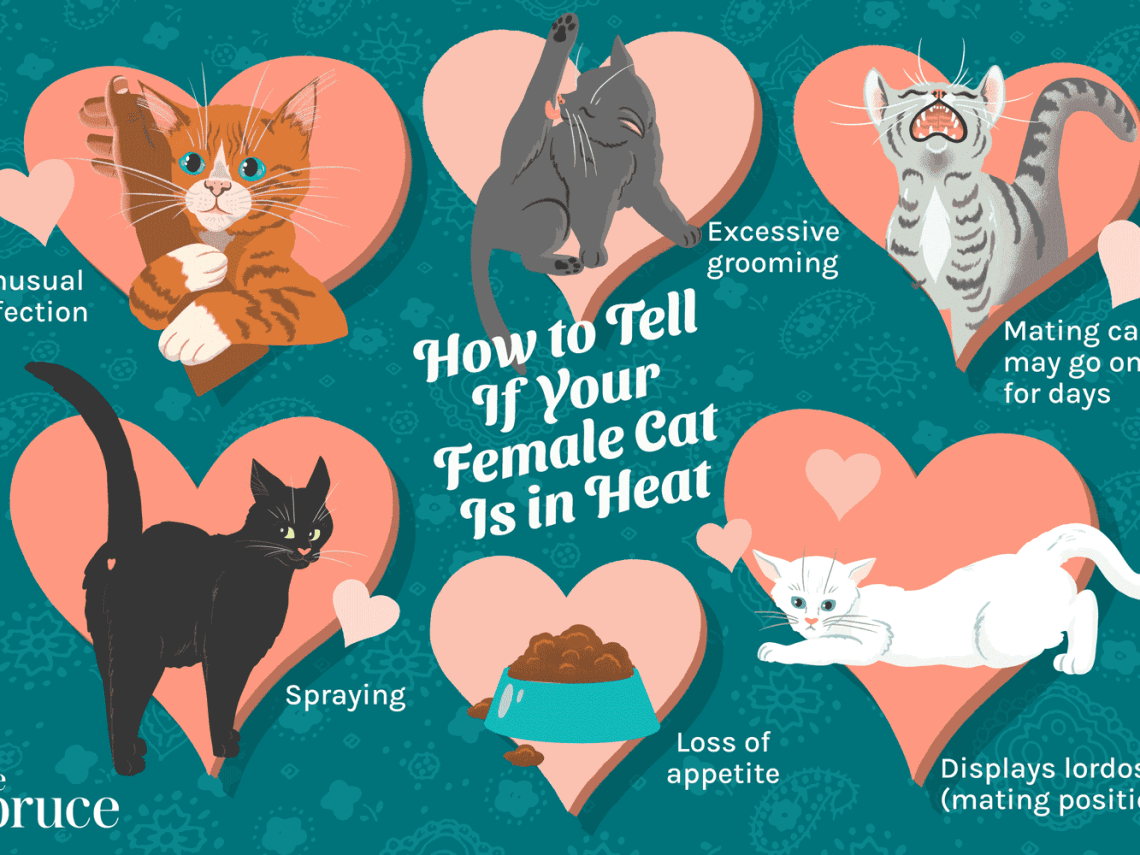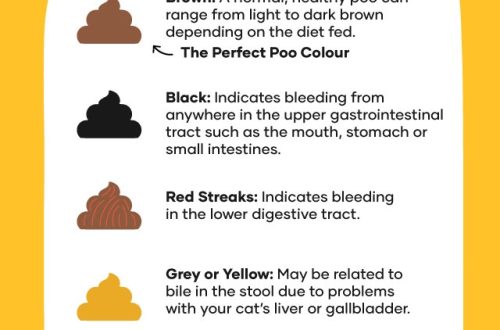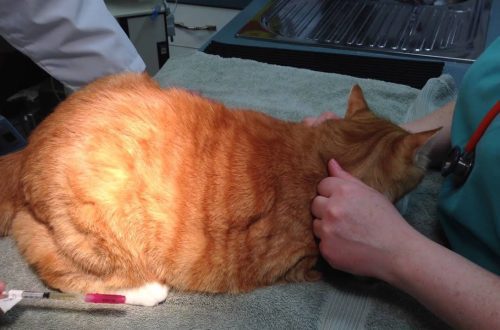
How to help a cat in the heat?
Let’s start with an obvious fact: healthy animals tolerate hot weather more easily. Therefore, it is better to visit the veterinary clinic in the spring for an annual examination and all necessary preventive procedures (vaccinations, helminth treatments) and make sure that the pet is healthy. If your pet suffers from any chronic disease (eg, asthma, obesity, diabetes, chronic renal failure), then it is important to follow all doctor’s orders and preventive measures. This will keep the disease under control and help the pet to endure the high air temperature more easily.
Cats with short and flattened faces, such as Persian, Burmese, British, are less tolerant of heat and are at risk.
Contents
For cats living in a house or apartment and not going outside:
Provide your pet with fresh and clean drinking water, change the water several times a day, put extra bowls of water. You can put an ice cube in the water. Do not leave food in bowls all day long, especially when wet. Remember that in the heat, any food deteriorates faster;
Close the curtains so that the air in the apartment is less heated from the sun’s rays;
The presence of an air conditioner will make it much easier to transfer the hot summer weather;
Ventilate rooms regularly, but keep in mind that in summer cats fall out of windows and balconies more often. Safety nets and opening stops for vertical windows save many feline lives;
You can use a fan. Install it so that air circulation is created in the room, but at the same time the wires and fan blades are out of reach for the cat;
Some cats prefer to lie on a tiled floor in hot weather. Give your pet this opportunity, for example, leave the bathroom open;
Unless absolutely necessary, do not plan car trips with your cat or preventive procedures such as nail trimming, vaccinations, tangle removal, and parasite treatment. Strong excitement or stress can quickly lead to overheating or even heat stroke in hot weather;
Is it worth shaving a cat in the heat? No, if you do not do this regularly, then in the hottest weather this should not be done all the more: the coat not only warms in the cold season, but also protects against overheating at high temperatures. Also, a haircut can cause stress, like other procedures listed in the previous paragraph.
For cats that have the opportunity to walk outside:
Follow all the tips for stay-at-home cats;
If possible, try to limit the walks of a cat or a cat during the hottest time of the day;
Make sure that the garden or dacha has a shaded cool place and there are bowls of fresh water;
If there are greenhouses, greenhouses and sheds in the area where the cat walks, then always, before closing the door, check if the cat is left inside;
Pets can also get sunburnt, especially white-coated cats. Most often, sunburn occurs on the bridge of the nose, auricles and eyelids. Due to the risk of overheating and sunburn, cats that have the opportunity to walk outside are not recommended to cut or shave with a clipper;
Never leave children and pets in a parked car, even with the windows open and even in the shade. In a very short time, the temperature in the car rises to very high levels, which often ends in tragedy.
Heat stroke symptoms: lethargy, impaired coordination of movements, heavy breathing, discoloration of the mucous membranes of the oral cavity, salivation, fever, loss of consciousness, convulsions.
What can be done?
Move the cat to a cool room as soon as possible, wipe the paws, ears and nose with a wet cool towel (but not ice), you can wet the paws with cold, but not ice water, give the animal a drink and contact the veterinarian immediately.
Photo:
The article is not a call to action!
For a more detailed study of the problem, we recommend contacting a specialist.
Ask the vet
July 19 2018
Updated: July 19, 2018





